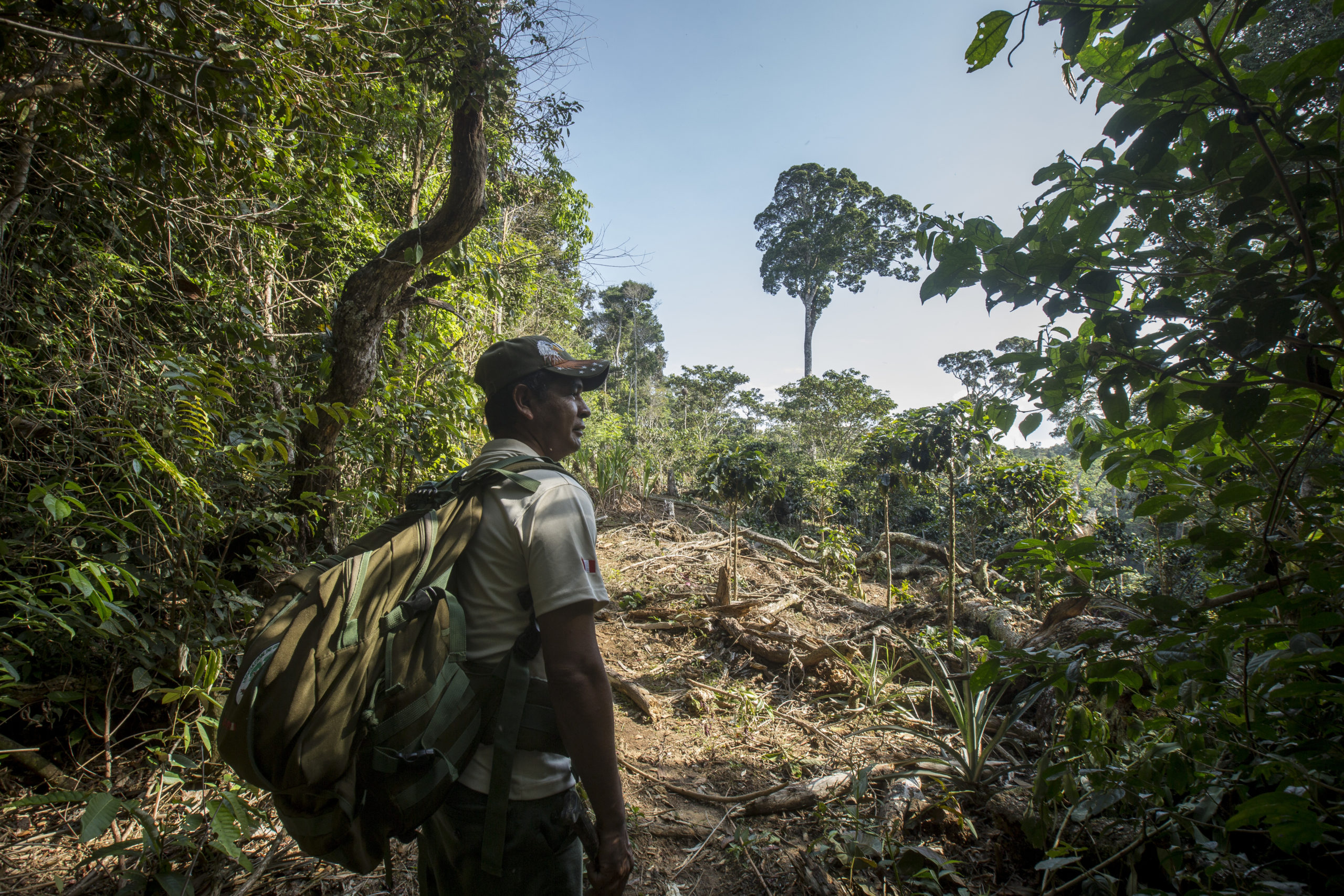What does honey and conservation have in common?
Our project partner CIMA works with communities in the buffer zone of the Cordillera Azul National Park in Peru, promoting the conservation of the forest and supporting the planning and implementation of community-driven sustainable development through Quality of Life Plans. (Read more about these plans here and how they are used to address the drivers of deforestation at Cordillera Azul.)
One community is Santa Rosa de Shapaja. Here, there is a community organisation called Ronda Campesina de Santa Rosa de Shapaja, which works to protect forest that is part of community land. Thanks to the ongoing support from CIMA including a programme of environmental education (you can read more about the environmental programme here), the community has decided to conserve this forest because they recognise it has a critical value, for example in providing water for their agricultural activities.
The Ronda organisation was initially donor financed, but the community did not want to be reliant on donations for the conservation of their forest and began looking for initiatives to become self-sufficient. CIMA supported the Ronda to become trained in bee-keeping, honey extraction and sale, alongside strengthening the administration side of the organisation. Since this project began, sales of honey have proven profitable and the community is looking to expand their production whilst continuing to fund the protection of their forests.
Providing support and technical assistance for local sustainable enterprises is a key part of our model to address the drivers of deforestation on the ground in the tropical rainforest communities where we work. By helping local communities to develop more sustainable livelihoods, for them and the forest, helps to relieve some of the traditional pressures on the forest, for example from slash and burn agriculture or unsustainable forest resource use. As local people learn about the critical ecosystem services and value of their forest land, they are more incentivised to keep trees standing. Our work helps to build capacity for more environmentally, socially and economically sustainable enterprises.
In fact, sustainable enterprises is one of our seven key impact themes and each of our projects has set key performance indicators and targets against which they monitor and report progress each year. Read more about our impact reporting here.
This success story from the project of a local community developing a productive honey enterprise is one of many and we can’t wait to share more!
Find out more about the Cordillera Azul National Park here.

